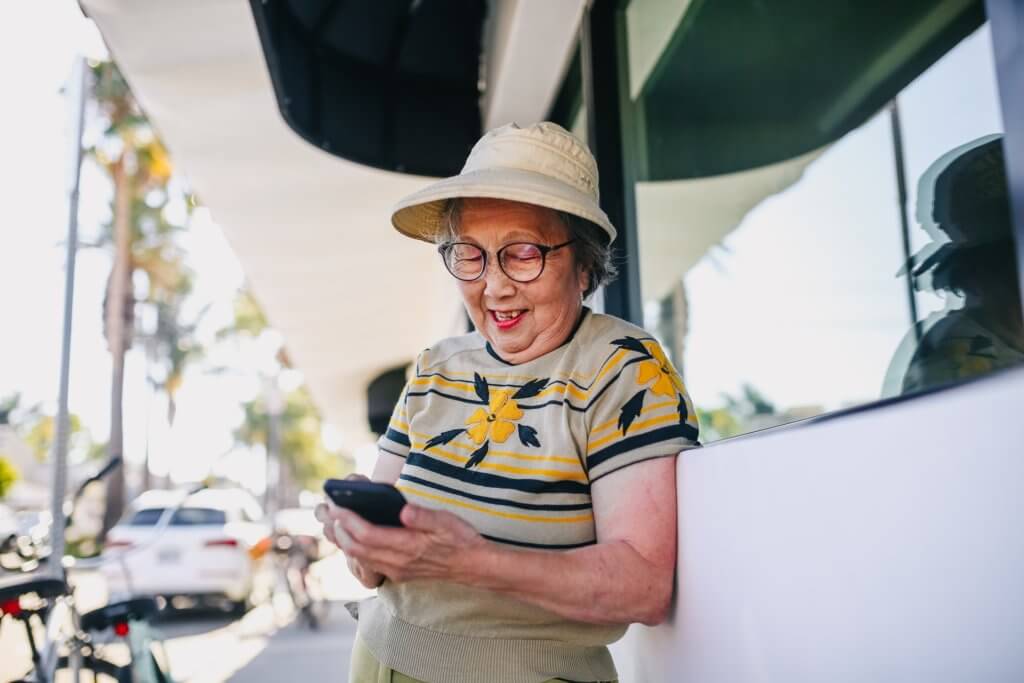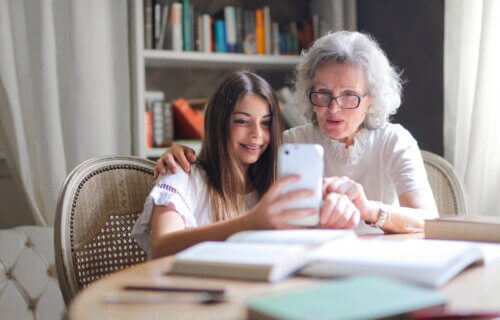LONDON — Baby boomers and older generations may be comfortable using Google Maps and WhatsApp, but don’t ask them to set up a smart TV or talk to AI. A poll of 1,000 people over the age of 65 finds that there are simply some modern tasks that seniors are not willing to do. That’s what grandkids are for, right?
It turns out that firing off a message on WhatsApp is something 64 percent of older adults feel comfortable with, but only 12 percent would be confident navigating TikTok.
Not having someone to show them how to use digital technology (40%) and finding new tech complicated and overwhelming (29%) are the major factors holding this age group back, according to the OnePoll results. Nearly a fifth (19%) would be more inclined to build their confidence with digital technology if they had someone show them how to use it.
“Technology can open so many doors,” says Victoria Johnson, a spokesperson at BT Group, which commissioned the survey. “Technology is no longer a take-it-or-leave it proposition, it is a fundamental part of life and older people should not be left behind.”
The research supports the argument that older people tend to struggle with digital technology, as just 13 percent rated their tech abilities as “very good.” Only one in 20 strongly agree they try and stay up to date with the latest digital technology trends and advancements.

More than half (52%) would ask their kids for help if they needed assistance with something, while five percent would just give up. However, 91 percent regularly use a mobile phone, and 56 percent of over-65s use a tablet. On average, older adults spend 20 hours each week online — a little under three hours per day. Nearly a tenth (8%) are online for under five hours weekly.
Facebook (65%) is the overwhelming social media platform of choice for older generations, with YouTube (34%) and Instagram (16%) dwindling in comparison. Only two percent of over 65s are Snapchat users. More than half (57%) say they would like to be better at using and understanding digital technology.
“For younger people – especially those in the Gen Z demographic, or younger still – tech has been a part of their lives forever,” Victoria Johnson adds. “Many will have grown up with the internet, smartphones and streaming services from the day they were born. These are huge digital advances that people born decades earlier will have to make big adjustments to, so it’s no wonder there are still gaps in their knowledge.”
“This research continues to show the need for support for digital skills for the older generation to ensure they feel equipped and confident to manage their day-to-day lives and stay connected to the outside world,” adds Sarah Brain, a spokesperson at AbilityNet.
COVID pandemic forced many older adults to become tech savvy
Unfortunately for many seniors who were more than happy to live without loads of digital technology, 2020 happened. A poll in 2021 revealed that many older adults throughout the United States had to get themselves up to speed with modern technology because of the COVID-19 pandemic.
The survey of 2,000 Americans over the age of 57 revealed that 56 percent believe they’ve become more independent since the health crisis. Seven in 10 expect these newfound feelings of self-sufficiency to last moving forward.
In addition to using technology simply to communicate with relatives and order deliveries, 63 percent of older adults said it helped curb 2020’s negative impact on their overall health and well-being. In fact, 56 percent said learning how to use technology stopped them from feeling lonely.
South West News Service writer Charlie Bayliss contributed to this report.


I presume this article was AI generated- Maybe my imagination but there seem to be a few tell- tale signs.